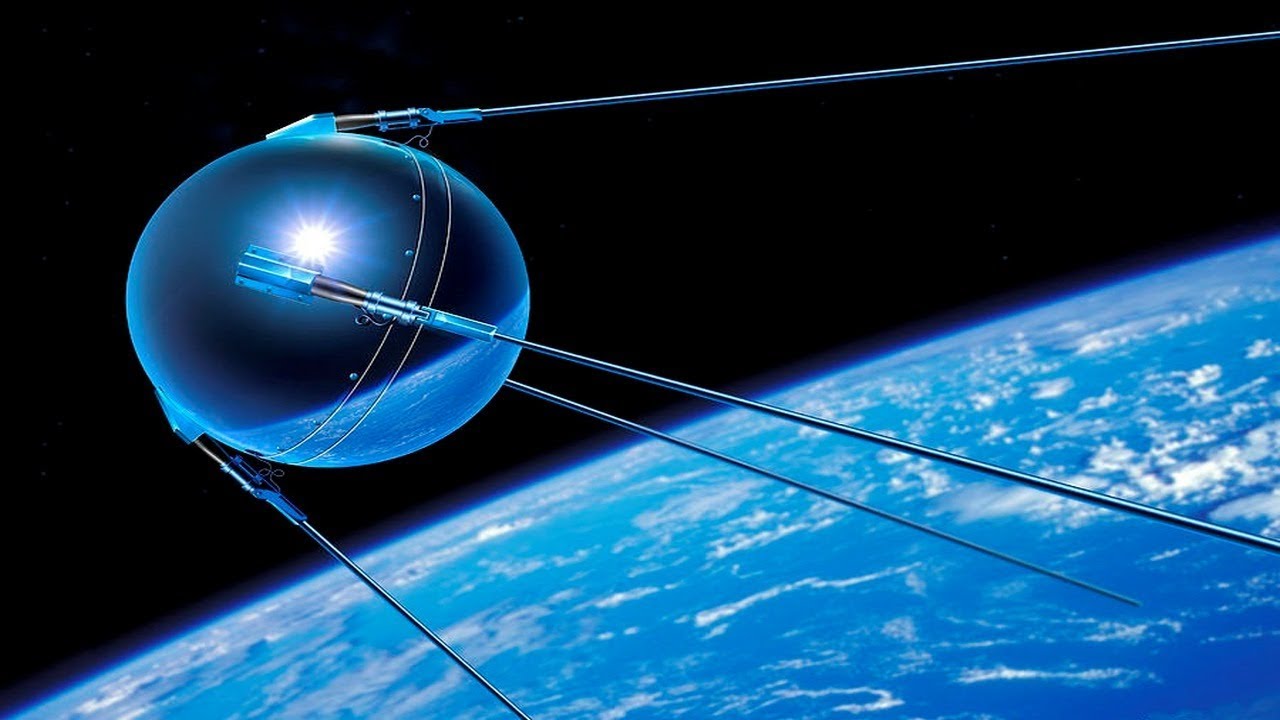
How the internet was built
Hey there,
Welcome to the 38th Knowledge•Day issue. Hope you’re doing awesome. If not, try finding a person you think will be able to fix that.
Anyway, looong time no read. I know. I have been very silent lately.
Well, the past few weeks have been laborious.
Is it fixed now? Does it ever? Lol.
But it’s okay. Times do get stressful. But screw that, I have news. I made a switch. To a more humane work environment. I now work at Digital Guardian’s Hyderabad office as a software engineer.
You most likely have never heard of them. It is an Information security company that works on Data Loss Prevention solutions for businesses. My work will be around improving and enhancing their nDLP (Network Data Loss Protection) software.
Interested in knowing more? I’d love to talk about it - Just send me a “Hi”!
Speaking of networks. It’s so amazing it enables this awesome thing called The Internet which allows us to send e-mails, thanks to which now you’re reading this newsletter. <3
Today, we talk about how this amazing thing materialized.
The Internet
Believe it or not, the internet is what saved you in this lockdown. Imagine, being locked inside your home for 6 months… Without any internet.
I can’t. Well, at this time, thanks to work from home I spend 24 hours under the same roof. And obviously under the refuge of WiFi - at all times!
But how did this thing happen? Who created the internet? What was the intent? This issue’s all about that.
It starts with Sputnik Scare
We use the internet to share all our emotions with tech giants now. But it itself was born out of the insecurities - of the US.
Scare of the Soviet Union. Yep.
The year was 1957, and the Soviet Union launched the first man-made satellite into orbit. The Sputnik.
While it did not do much besides being the first successful proof of concept. It was an alarming sign for the US, positioning them inferiorly to the Soviets, who could win the Cold War with this scientific advancement.
 The Sputnik 1. Looks like a space spider
The Sputnik 1. Looks like a space spider
Americans were afraid that with this satellite tech, the Soviets could cut off their telephone links. A big no-no for the time when long wired telephones were the only way of communication for the military. They had to do something.
Birth of the ARPAnet
In 1962, a scientist from M.I.T. and ARPA (Advanced Research Projects Agency) brought up the idea of a “galactic network” of computers that could talk to each other.
This was bested by another Scientist in 1965, who developed a way of sending information in pieces that he called “packet Switching” - still the base for today’s networking.
Packet switching breaks data down into blocks, or packets, before sending it to its destination. That way, each packet can take its own route from place to place.
Packets taking their own route is important. Otherwise, ARPAnet would have been just as vulnerable to enemy attacks as the phone system.
Fun fact: The first message they tried to send across the ARPAnet was “LOGIN”. Which was short and simple, but it crashed the fledgling ARPA network anyway: The Stanford computer only received the note’s first two letters - L and O.
Expansion plan
Can’t just be partying with only two computers talking, right?. By the end of 1969, the internet had grown wide communicating 4 computers!
“4 is too less.”
Sure enough.
In 1971, they then had added the University of Hawaii’s ALOHAnet and added more computers. That’s when the internet’s vertices started becoming more difficult to integrate.
What followed next as a resolution was the concept of “virtual handshaking” and the Transmission Control Protocol (TCP) that you must have heard about. A computer scientist, Vinton Cerf, was behind this remarkable solution. He also introduced another protocol, known as the Internet Protocol (IP). Forming the commonly used acronym TCP/IP.
The World Wide Web
Cerf’s TCP/IP brought solidity to the internet and then throughout the 1980s researchers used it to send files and messages.
Tim didn’t like this.
Who Tim?
Tim Berners-Lee, a computer programmer, introduced the World Wide Web in 1991. The one I used to prepare this story for you. Berners Lee created this “web” of information that everyone can consume.
Enter the browsers
That was the internet. This led to more advancement and in 1992 Mosaic browser emerged. This is when the internet got viral.
One thing led to another and by the start of the 21st century, the dot-com boom followed by a crash - Another interesting story which I have covered in my issue 36. A must-read now that you’ve gotten this far in learning the internet’s history.
That was it, my friend. Off I go now. See you in the next issue.
Oh, and if you enjoyed reading this piece of history, please do consider sharing this newsletter with a friend. I trust your friends to be as cool as you are.
// Sources: History, The guardian